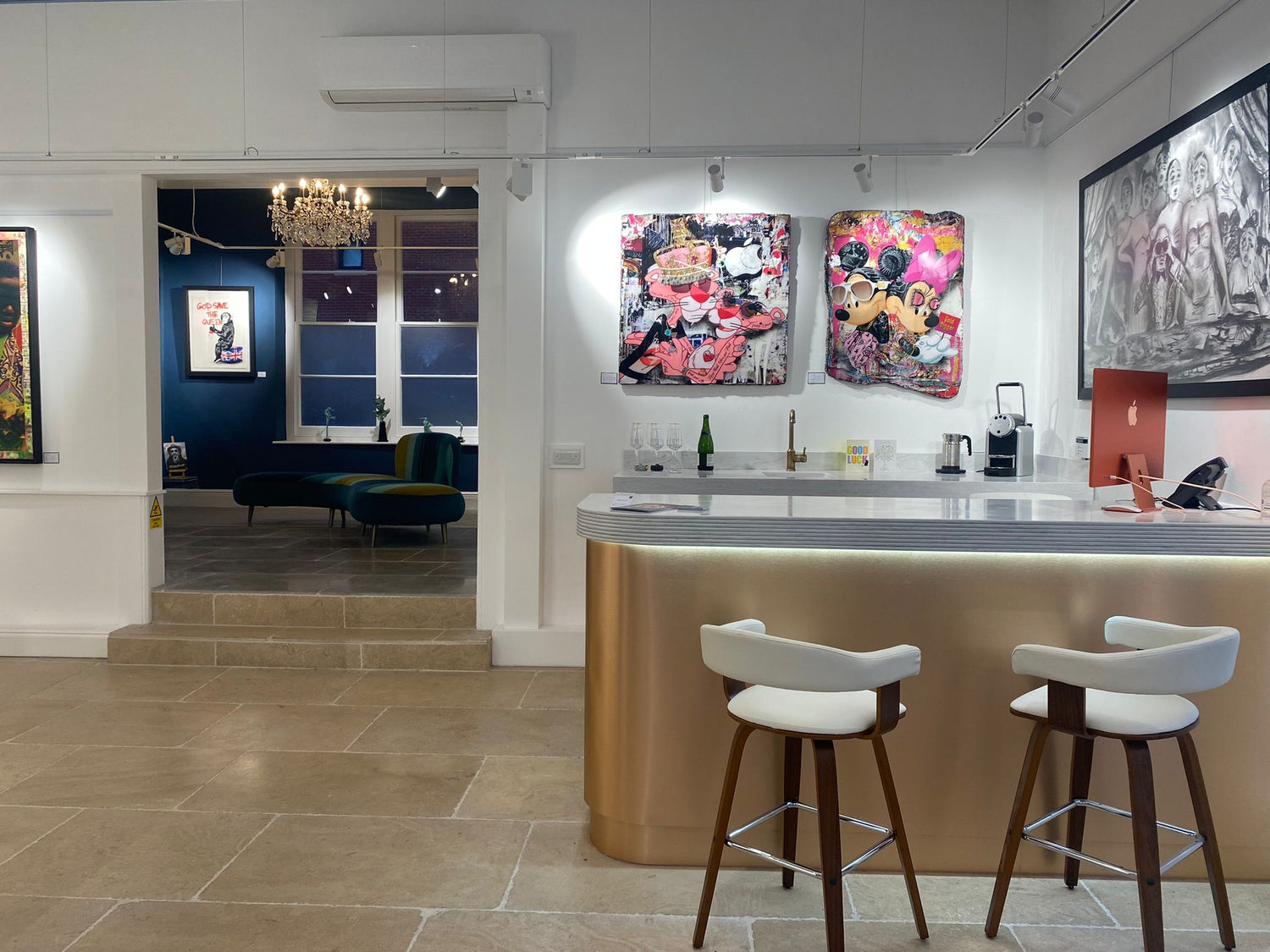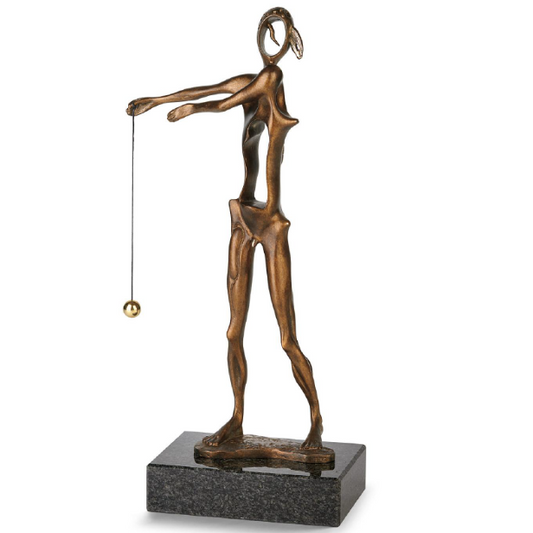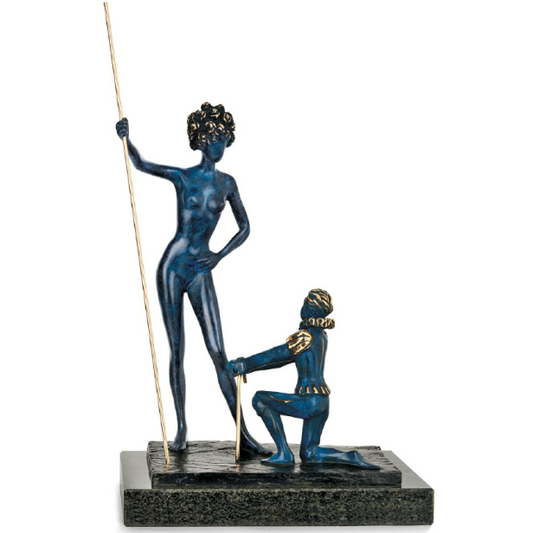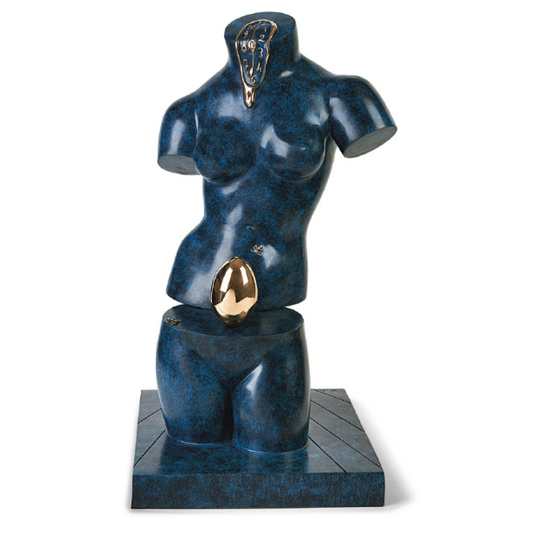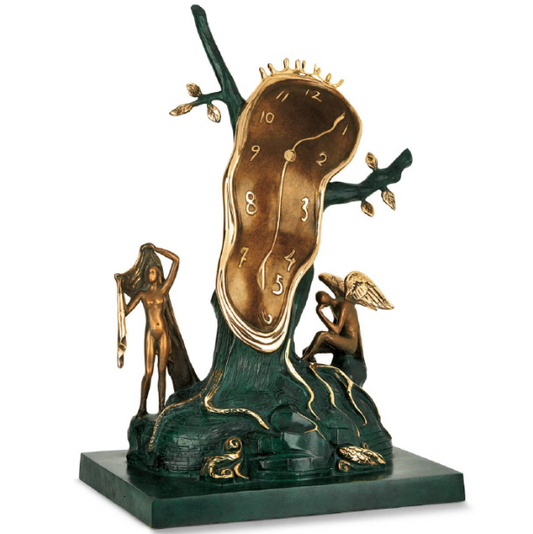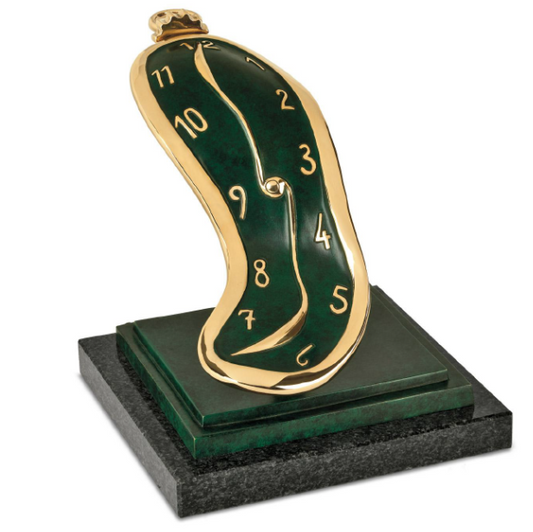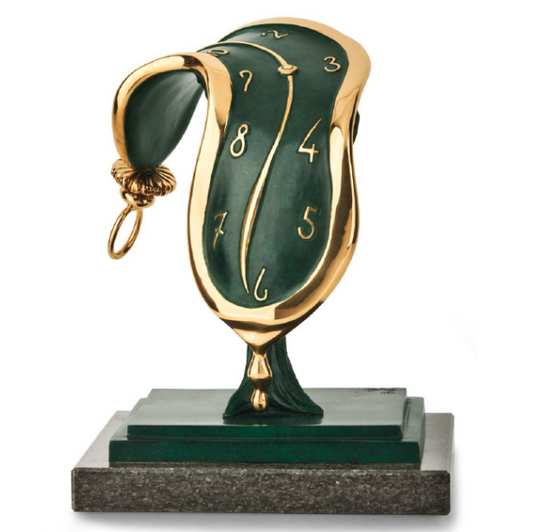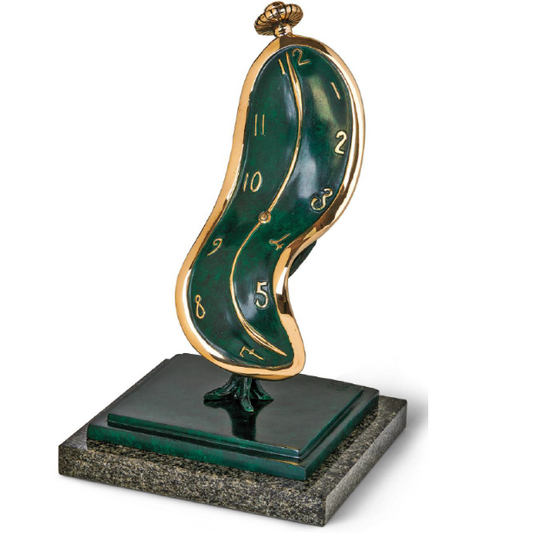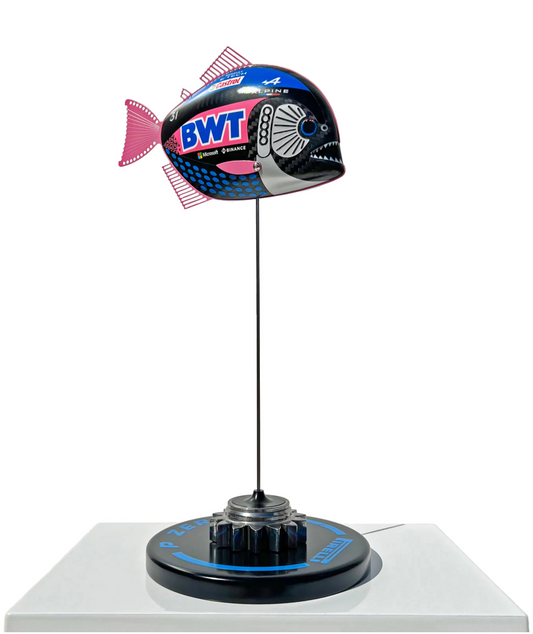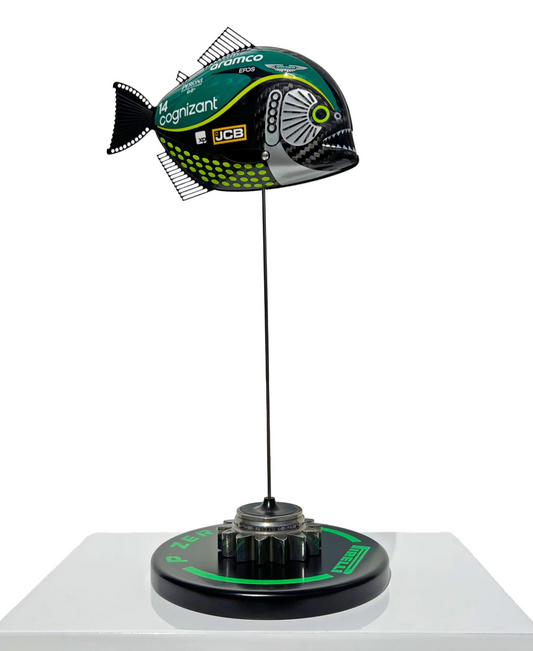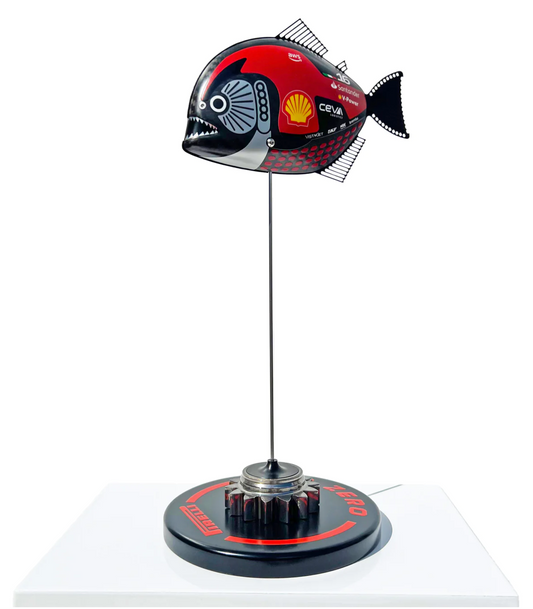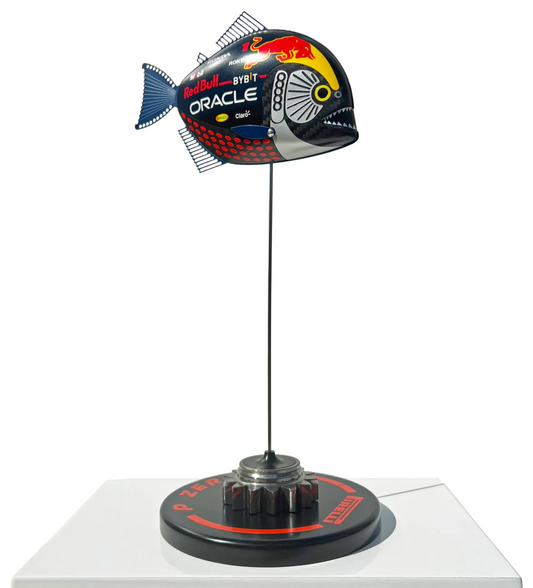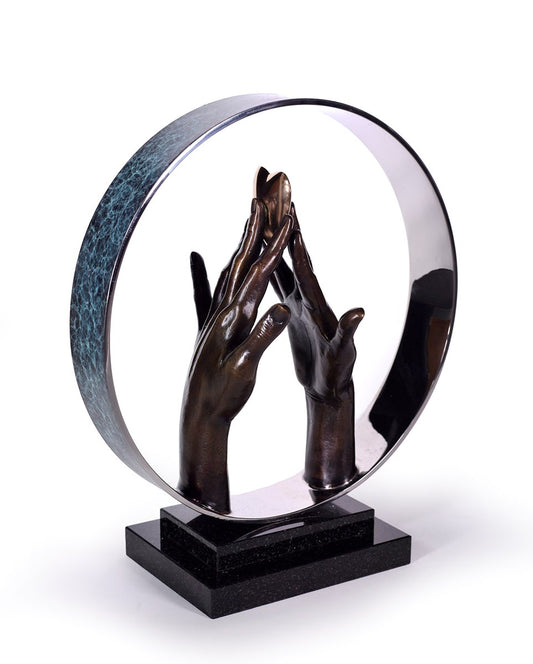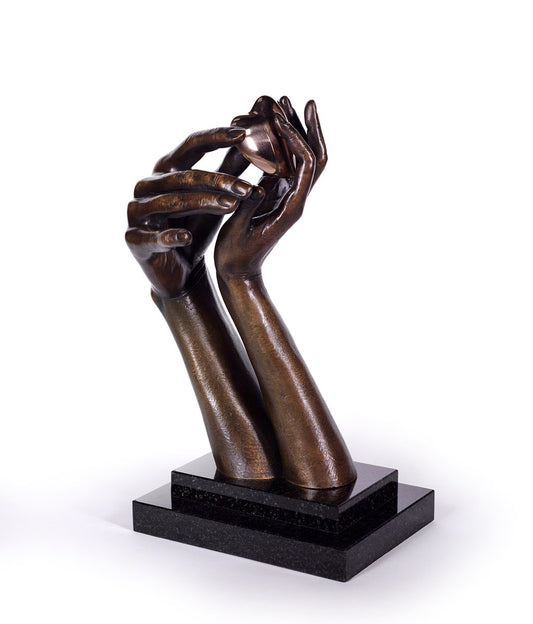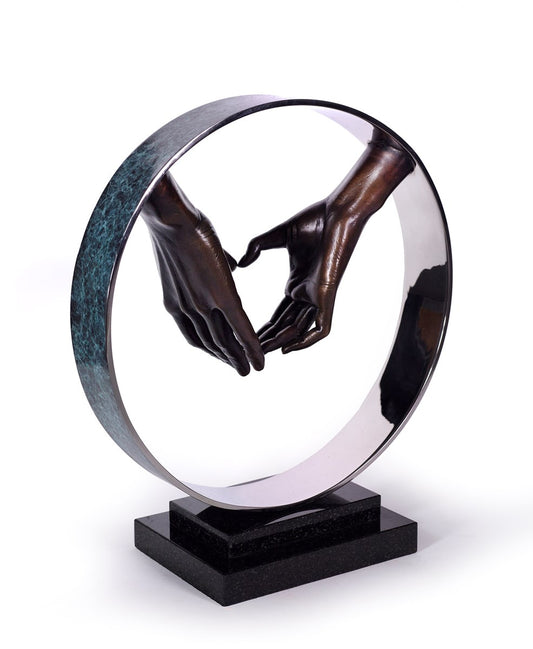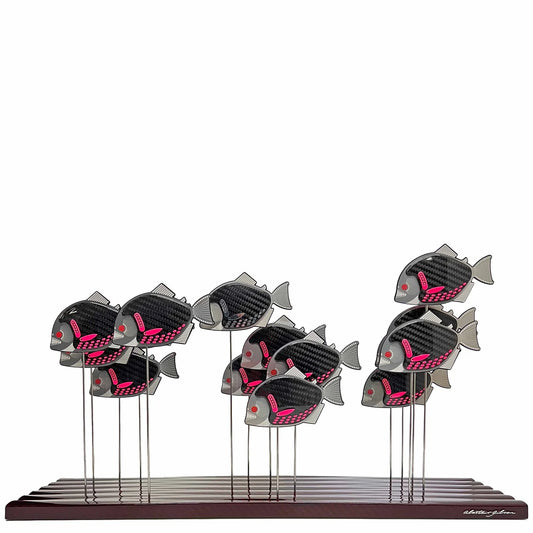Introduction to the World of Sculptures
Sculpture art, a realm of artistic creations, is a testament to human ingenuity and creativity. It is a medium that transcends the two-dimensional plane, inviting viewers to explore form, texture, and space in a tangible way. But what are sculptures? At their core, sculptures are three-dimensional works of art. They can be carved, modelled, cast, or assembled, using a variety of materials from stone and metal to clay and even digital mediums.
This page delves into the world of sculptures, exploring forms, and the significance they hold in the realm of artistic designs.
What Are Sculptures? The Essence of Three-Dimensional Art
Sculptures are three-dimensional works of art that occupy physical space. Unlike paintings or photographs, sculptures are not confined to a flat surface. They invite viewers to engage with them from multiple perspectives, offering a dynamic interaction that changes with the viewer's position and angle of view.
The essence of sculpture lies in its tangibility. It is an art form that can be touched, felt, and experienced in a way that two-dimensional art cannot. This physicality, combined with the skill and creativity of the artist, allows sculptures to convey a depth of emotion and narrative that is uniquely their own.
Materials and Techniques: The Building Blocks of Sculpture
Sculpture art is a versatile medium that allows for a wide range of materials and techniques. The choice of material can greatly influence the final outcome of a sculpture, affecting its texture, weight, and durability. Similarly, the technique used can determine the level of detail and complexity in the final piece.
- Stone
- Wood
- Clay
- Metal
- Glass
- Plastics
- Mixed media
Common Materials Used in Sculpture
Stone, wood, and clay are among the most traditional materials used in sculpture. Stone is valued for its durability and timeless appeal, while wood offers a warm, organic quality. Clay, on the other hand, is highly malleable, making it ideal for detailed work.
In recent times, artists have also embraced modern materials like metal, glass, and plastics. These materials offer new possibilities in terms of form, colour, and texture, allowing artists to push the boundaries of what is possible in sculpture art.
The Cultural Significance of Sculptures
Sculptures have played a significant role in human culture throughout history. They have been used to commemorate important events, honour deities, and express artistic vision. The cultural significance of a sculpture often extends beyond its aesthetic appeal, offering insights into the beliefs, values, and social structures of the society that produced it.
In many cultures, sculptures are seen as a form of communication, conveying messages that are often complex and multi-layered. Whether it's a monumental statue that symbolises national pride, or a small figurine that serves as a talisman, sculptures have the power to evoke strong emotions and provoke thought.
In the contemporary world, sculptures continue to play a vital role in public and private spaces, serving as landmarks, conversation pieces, and sources of community identity. They challenge us to see the world from different perspectives, enriching our understanding of the human experience.
Contemporary Sculpture Art: Pushing Boundaries
Contemporary sculpture art is a vibrant and diverse field, characterised by a willingness to experiment and push boundaries. Artists today are not only working with traditional materials like stone and metal, but also incorporating unconventional materials and methods into their work.
The result is a rich array of artistic creations that challenge our perceptions of what sculpture can be. From abstract forms to hyper-realistic figures, from miniature sculptures to massive installations, contemporary sculpture art is a testament to the limitless potential of human creativity.
The Role of Technology in Modern Sculptures
Technology has had a profound impact on the world of sculpture art. Digital tools and techniques, such as 3D printing and virtual reality, have opened up new possibilities for artists, allowing them to create works that were unimaginable just a few decades ago.
These technological advancements are not only expanding the boundaries of what is possible in sculpture, but also challenging our understanding of what constitutes a sculpture. As artists continue to explore these new tools and techniques, the definition of sculpture art continues to evolve.
The Market for Sculptures: Valuation and Appreciation
The market for sculptures is a complex ecosystem influenced by factors such as the artist's reputation, the artwork's historical significance, and its aesthetic appeal. It's a space where art and economics intersect, often leading to fascinating dynamics.
Art collectors and enthusiasts play a significant role in this market, their appreciation and valuation of sculptures often shaping trends and influencing the careers of artists. Their investment in sculptures not only supports artists but also contributes to the preservation and promotion of this art form.
Conclusion: The Ever-Evolving World of Sculpture Art
Sculpture art, with its rich history and diverse forms, continues to evolve, reflecting the changing times and the creative spirit of artists. It remains a powerful medium of artistic expression, capable of invoking profound emotions and stimulating intellectual discourse.
As we move forward, the world of sculpture art promises to continue pushing boundaries, embracing new technologies, and offering fresh perspectives. Its enduring appeal lies in its ability to capture the human experience in all its complexity, making it an integral part of our cultural landscape.
